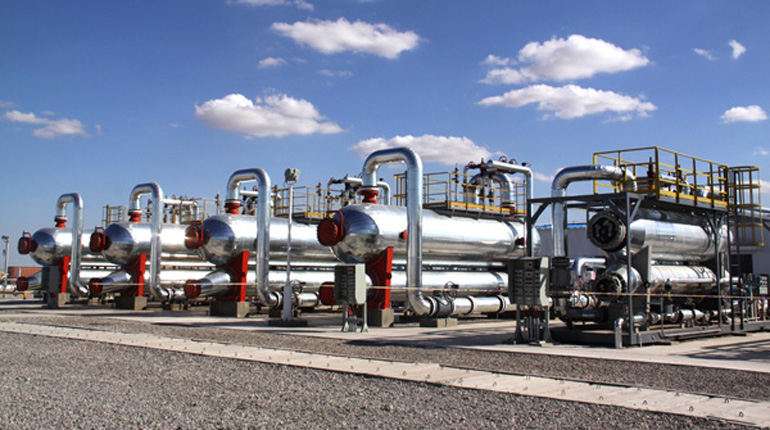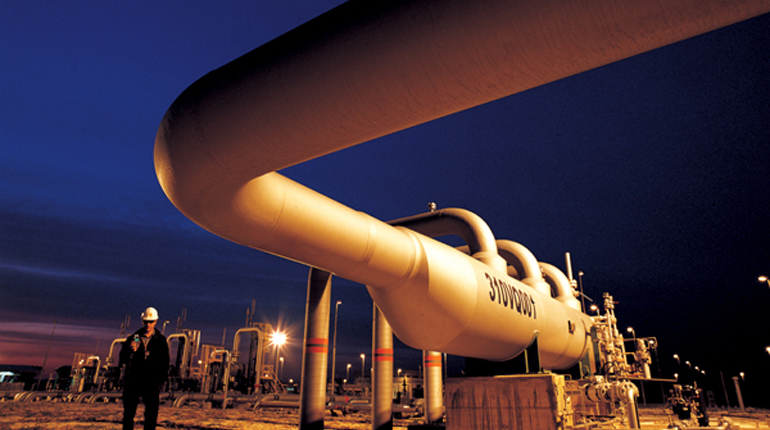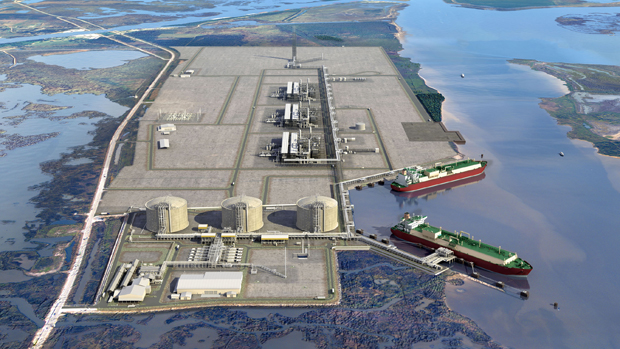Highlights
- Impeaching President Rousseff will not solve Brazil's economic problems
- Government incentives for oil exports are favouring gas production in Argentina
- Brazil is using more gas to boost oil recovery as domestic gas demand falters
- The US and Canada will hit their storage limits before winter despite a slow start to the injection season
Economic overview
Investor confidence in Brazil’s economy remains shaky as the political drama around Dilma Rousseff’s impeachment intensifies.
Brazil’s Senate decided on 12 May to put Rousseff on an impeachment trial, and she is suspended from office pending the outcome. The Senate has 180 days to conduct the trial, during which Vice President Michel Temer will be the acting head of state. At the end of the trial, if two-thirds of the 81-member Senate vote to impeach Rousseff, she will be stripped of her political rights and barred from running for office for eight years.
Meanwhile, Brazil is in an economic crisis, and solving it will take more than just a change at the political helm. The country is facing a deep recession that is harming its gas demand. Brazil’s GDP shrank by 5.9% on an annual basis in Q4 2015 – its seventh consecutive quarter of contraction. The International Monetary Fund expects Brazil’s GDP to shrink by a further 3.8% in 2016, and a return to growth is not expected until 2018.
Quarterly and annual year-on-year GDP growth rates
| Q3 2015 | Q4 2015 | Q1 2016 | 2016 | 2017 | 2018 | |
| US | 2.1% | 2.0% | 2.0% | *2.4% | *2.5% | *2.4% |
| Canada | 1.1% | 0.5% | *1.5% | *1.5% | *1.9% | *2.1% |
| Mexico | 2.8% | 2.5% | 2.9% | *2.4% | *2.6% | *2.8% |
| Brazil | -4.5% | -5.9% | *-3.8% | *-3.8% | *0.0% | *1.1% |
| Argentina | 3.5% | 0.9% | *-1.0% | *-1.0% | *2.8% | *2.9% |
Colombia’s Central Bank hiked its benchmark interest rate by 50 basis points in April, to 7%, after inflation in the country reached a 15-year high in March. It also slashed its 2016 GDP growth forecast from 2.7% to 2.5%. Colombia is already facing hydropower shortages caused by drought, while the country’s weakening economy could further discourage upstream oil and gas investment.
The failure of the United States Federal Reserve to raise interest rates so far this year has taken some of the shine off the US dollar index. The index has averaged 93.5 so far in May – a fall of 5.7% from the peak seen in January and down by 1.9% on an annual basis. This will provide some relief to Latin American oil and gas importers, who have had currency problems because of the strong dollar.



